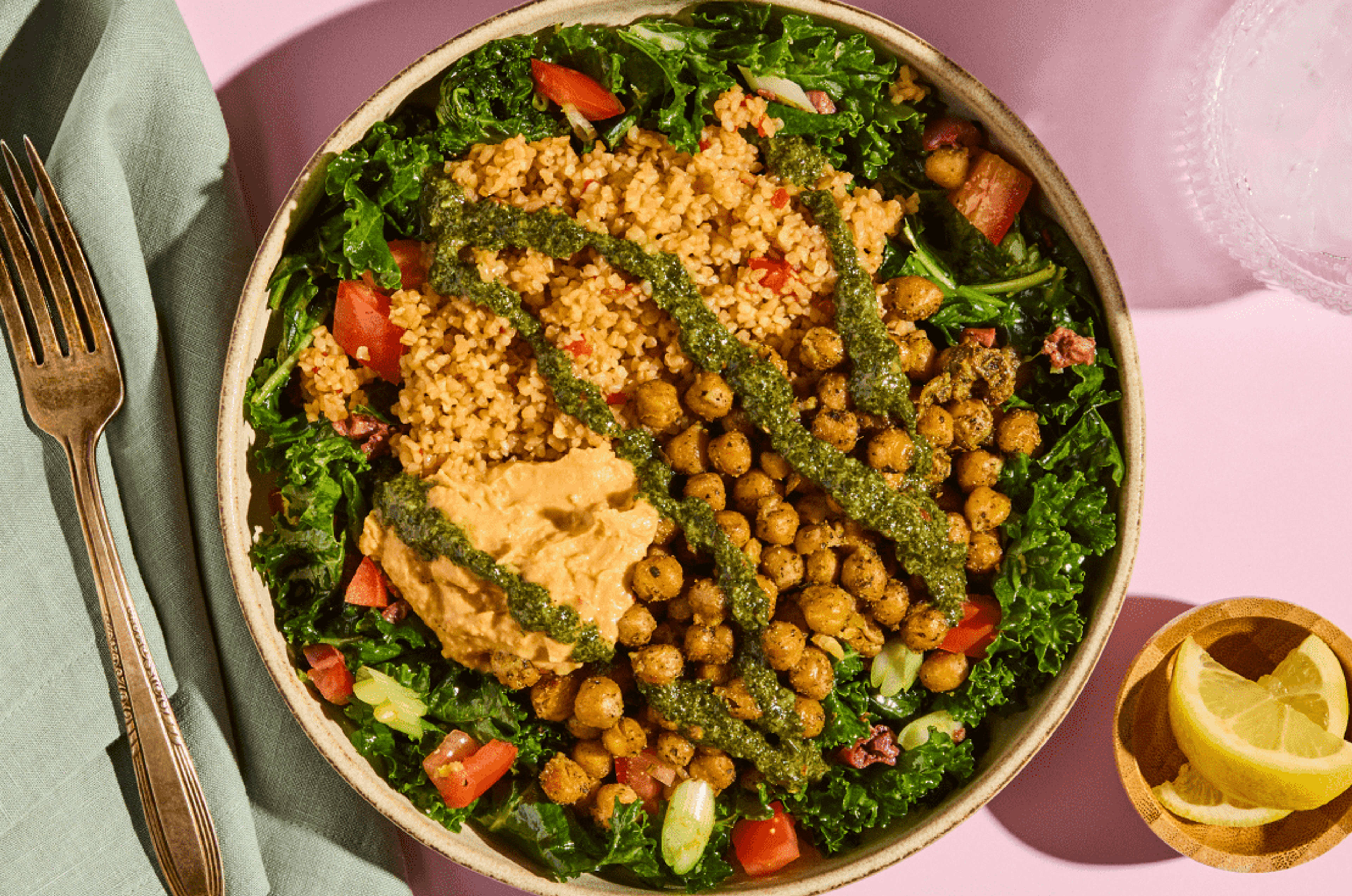BRAIN & GUT HEALTH

Eating for Brain Health

Eating for Gut Health
WHY IS FIBER SO IMPORTANT TO A HEALTHY EATING PATTERN?
THE MEDITERRANEAN DIET

REFERENCES
¹ Harvard T.H. Chan School of Public Health. (n.d.). MIND Diet. The Nutrition Source. https://www.hsph.harvard.edu/nutritionsource/healthy-weight/diet-reviews/mind-diet/.
² U.S. Department of Agriculture and U.S. Department of Health and Human Services. Dietary Guidelines for Americans, 2020-2025. 9th Edition. December 2020. Available at DietaryGuidelines.gov.
³ Quagliania, D., Felt-Gunderson, P. (2017). Closing America’s Fiber Intake Gap. American Journal of Lifestyle Medicine, 11(1), 80-85. https://www.ncbi.nlm.nih.gov/pmc/articles/PMC6124841/.
⁴ Peregrin, T. (2013). The Inside Tract: What RDs Need to Know about the Gut Microbiome. Journal of Academy of Nutrition and Dietetics, 113(8), 1021-1023. https://www.jandonline.org/article/S2212-2672(13)00643-6/.
⁵ Advisory. (2023, January 3). Best Diets for 2023. https://www.advisory.com/daily-briefing/2023/01/03/best-diets.
⁶ Jiminez-Lopez, C., Carpena, M., Lourenco-Lopes, C., Gallardo-Gomez, M., Lorenzo, J.M., Barba, F.J., Prieto, M.A., Simal-Gandara, J. (2020). Bioactive Compounds and Quality of Extra Virgin Olive Oil. Foods, 9(8), 1014. https://www.mdpi.com/2304-8158/9/8/1014.
⁷ U.S. Food and Drug Administration. (2018). FDA Completes Review of Qualified Health Claim Petition for Oleic Acid and Risk of Coronary Heart Disease. U.S. Food and Drug Administration. https://www.fda.gov/food/cfsan-constituent-updates/fda-completes-review-qualified-health-claim-petition-oleic-acid-and-risk-coronary-heart-disease.